I heard through the ole’ Peace Corps grapevine that prospective Peace Corps Volunteers (PCVs) are jonesing to see what our typical day is like. This is a tall order as Peace Corps service is often described as, (besides being the toughest job you’ll ever love), being a job that will grant you perhaps the most flexibility you’ve ever had, in terms of your day to day schedule, your specific activities, and with which work partners you decide you have time to collaborate on projects!
My first couple months in site (Peace Corps jargin for the town where I live) was a sort of “hurry-up and wait” experience as I got to meet a lot of new people, learn more about the culture of Guatemala, had a lot of downtime and so for an aspiring work-a-holic it was like going cold turkey! I arrived at my health center at 8:00 am each day, went home for the lunch hour, or almuerzo, from 1 pm to 2 pm and then stayed at the health center until close, which was usually between 4:00 and 4:30 pm. Sometimes I could finaggle an hour of K’iche lessons from my K’iche instrutor at 4:00 pm, but it was slow going early on! I would stand in the vaccination room and smile and greet parents bringing their kids to get vaccinated, (hopefully building-up that important trust or confianza with people in my town), as well as being available to talk to health center staff who wanted to extract information from me like which state I was from and if I was getting used to the chilly weather! (I’m from Arizona . . . sure! . . . I’m kinda getting used to the cold (frio)!). A picture from the vaccination room at my health center is below, does any kid every really enjoy getting a shot?
During our first couple months in site, us Maternal and Child Health (MCH) Volunteers were given a little bit of homework, or tarea, to accomplish in the form of a “Health Center Diagnostic” which was basically an information scavenger hunt in which we had to scrounge around for various factoids by studying the posters in our health centers and by talking to people. It was a good ice-breaker as it gave me a reason to start-up conversations, and I also shadowed the doctors during their clinic visits or consultas.
Eventually I was invited to visit the two outlying health posts, to follow-along on house visits to vaccinate people and also to give people a shiny vinyl copy of the “Rueda de Practicas Para Vivir Mejor” which encourages key healthy behaviors, such as washing hands after using the latrine or bathroom and before eating and preparing food. A photo of a house visit is below:
My serendipitous breakthrough occurred when I was visiting an outlying community served by one of our health posts on a Saturday to visit the family of an auxiliary nurse who works in said health post and a woman (who ran a women’s group with the previous MCH volunteer) did a double take when she saw me. She asked me what I was doing, and I explained that I was going to visit an auxiliary nurse to help her plant her corn field. It was probably a bizarre sight as I had stopped at the closed health post to rearrange my backpack and use the latrine there before continuing on to my friend’s house. Did she think that I couldn’t get enough of my health post so I was hanging out there on the weekend? Well, she actually invited me to start a women’s group in her community next week! Photo of people from my community planting a cornfield below:
So, even though it wasn’t a work-day, and even though I wasn’t even performing anything close to my normal job duties, I was unknowingly integrating into my community, which was greasing the wheels in terms of helping me to be productive as a volunteer. Sometimes integration just happens, and often when you’re not forcing it.
People in this outlying community, (which had taken me about an hour to walk to at a brisk gait), probably liked seeing me spending time in their community in an informal setting. The seemingly extraneous fact that I was interested in planting corn made my presence there especially noteworthy as in Guatemalan culture corn is given unique respect as a foodstuff, with corn tortillas being offered with most meals and also being the most important component of the meal. For example, it would be unthinkable for a Guatemalan to non-chalantly toss corn tortillas to the ground, and imitation corn stalks and decorative corn ears are sometimes used as embellishments during important communal events such as birthday parties. As corn was painstakingly cultivated over thousands of years in this region of the world, it is not surprising that this food crop is very much respected in Guatemala. Below is a video of people planting corn in my community, it is very hardwork! Although I walk 5 to 10 miles each day, it totally winded me to dig a row of eight inch deep holes for corn!
So why was I in this outlying community on Saturday to begin with? Well, the husband of the nurse whom I was visiting had passed away two months before, and being a former hospice volunteer, I thought that it might help her to have some more people around during this year’s corn planting. So, I didn’t really even feel I was there as part of my Peace Corps service, just there as a concerned new friend and as somebody with modest experience in beareavement counseling. Other Peace Corps Volunteers use their hobbies and interests outside of Peace Corps to make connections with people in their town or village, such as if you enjoy sports, starting a soccer club or just starting a pick-up game of basketball is a great way to get to know people in your site!
So where does a women’s group, or even an exercise club, fit into Peace Corps service? Welp, they are referred to as “secondary activities” as they occur outside of where we spend most of our time, (such as health centers and health posts for Maternal and Child Health Volunteers). However, these activities can be of great use in helping us to achieve some of our goals as volunteers, such as educating young mothers on nutrition for children aged six to twelve months, or on the warning signs of pregnancy which indicate they should seek medical attention. As such, we can report these activities on our VRFs, or Volunteer Reporting Forms, that we periodically send to Washington D.C. let Uncle Sam know what we’re doing in the field. Below is a photo of some of the women in one of my women’s groups.
In conclusion, your typical day as a Peace Corps Volunteer will evolve with your interests and planned activities! If you enjoy going to a certain health post to do house visits and running women’s groups in that community, you might find yourself there one or twice a week, whereas if you’re planning on focusing on training health staff in your health center, you might find yourself spending a lot of time there the following week. Some MCH volunteers here in Guatemala are in larger towns which have a CAIMI (centro de atención integral materno-infantil, which focuses on maternal and child health), or a CAP (centro de atención médica permanente) which is open 24-hours a day (can be lifesaving for expecting women). Other volunteers have only a single health center or health post and might find themselves focusing on regional health meetings and trainings, as well as participating in the myriad work groups and committees that Peace Corps Volunteers run to improve the overall working of Peace Corps Guatemala.
I could easily be described as a “site rat” who spends a lot of time in my town, but other PCVs are so involved in the inner-workings of Peace Corps Guatemala that they’re traveling in, and out, of their site every 3 or 4 weeks! Peace Corps Guatemala is very much a “choose your own adventure” sort of experience, making it all the more difficult to describe the typical day! It may take ariund six months to get secondary activites going in your site, something that can be a challenge for volunteers. Below is a photo of an inspirational quote (one of many) that hangs in the main classroom at Peace Corps headquarters in Santa Lucia Milpas Altas (SLMA).
It is important to remember that our successes in site are due in large part to our ability to recruit others to work on projects with us and our image, and connection with others, in our communities.
1,504 total views, 2 views today
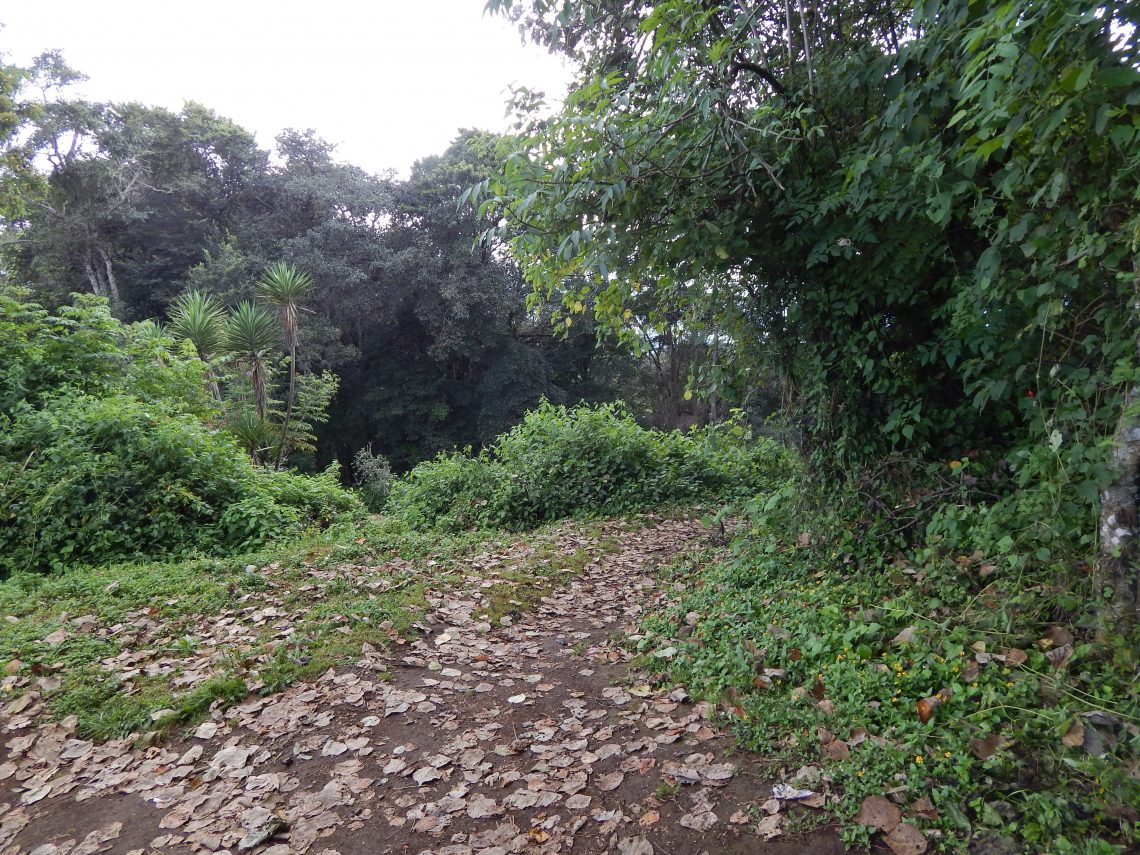
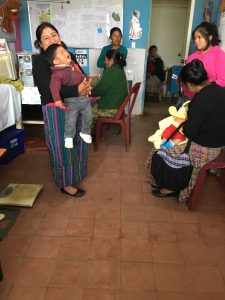
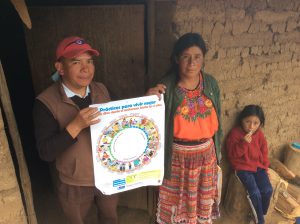
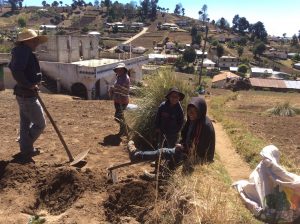
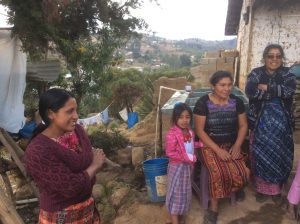
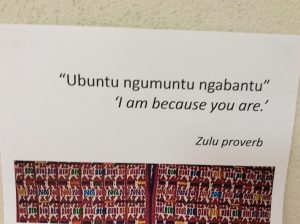
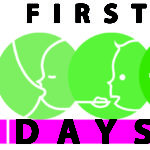
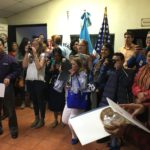
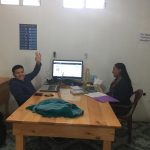
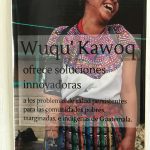

Comments by Mateo
Peace Corps Guatemala: Daily Activities 3: Women’s Group Handwashing Charla
Hi Emilio, I like your blog! I will send a postcard to ...